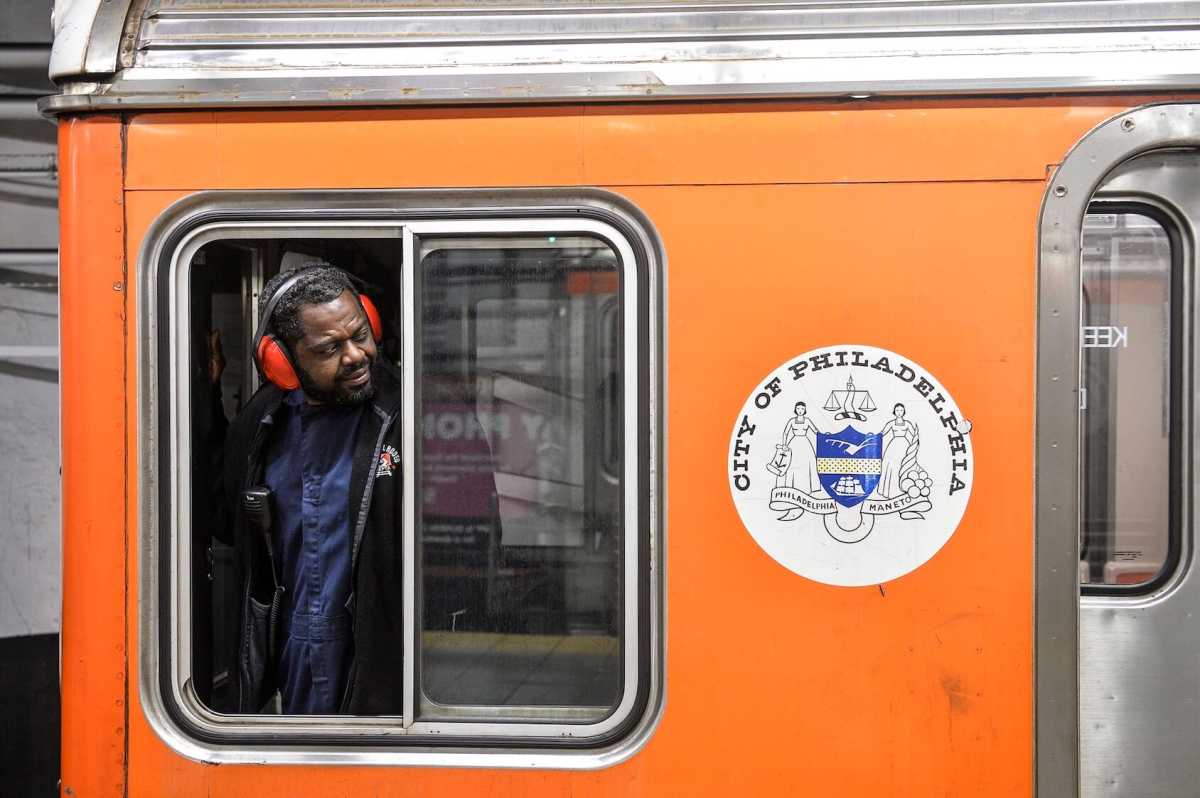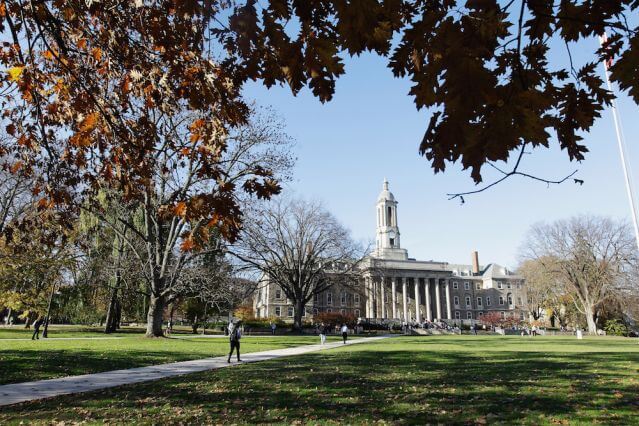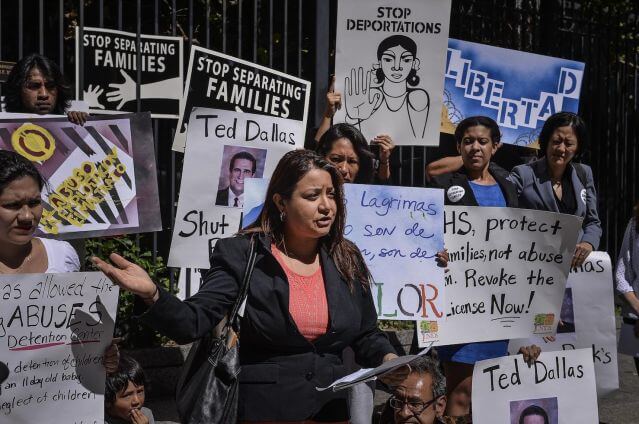Plans for a 1.5 mile extension of the Broad Street Line to the Philadelphia Navy Yard appear to be moving forward — incrementally, at least.
Officials from the state, local and federal government — as well as politically powerful labor leaders — will appear Monday to tout a new study on the economic impact of the project, along with figures to outline an anticipated boost to SEPTA’s ridership numbers that it would bring. The Philadelphia Naval Shipyard closed in 1995 as part of a wave of military base closures at the end of the Cold War. About 7,000 lost their jobs, dealing a huge blow to the city’s economy at a time when it was struggling with the loss of manufacturing jobs in the private sector. Related link:New NFL security rules after Paris attacks
Redevelopment has marked something of a success story. The Navy Yard is now home to 143 companies employing 11,000 people.
The business park is home to many large companies, including the U.S. headquarters for GlaxoSmithKline, a British multinational consumer healthcare company, and the corporate headquarters of clothing giant Urban Outfitters. And for now, many of those employees drive, but some are making do with shuttle buses from the Broad Stret Line’s AT&T Station and from Center City.
Related link:ACLU launches Mobile Justice app in Pennsylvania Planning officials anticipate that more than 30,000 could work at the yard when it is fully built out in 2035, and there are hopes for residential housing, restaurants and retail facilities.
That level of employment, according to PlanPhilly, could create major traffic jams at rush hour in South Philly.
With a price tag passing $370 million, extending the Broad Street Line would be a heavy lift. State and federal dollars would likely pay for some of the project, but local sources may have to account for up to 50 percent of the funding. That spending would not occur in a vacuum. SEPTA has said that many other projects, including a backlog of maintenance on the existing system are competing with the extension for its money.
And it’s further unclear if extending the line will take all of those cars off the street. Many employees don’t commute from Center City, but from South Jersey and the Philadelphia suburbs.
And there’s another blue-sky project in the works — an elevated rail over the Roosevelt Boulevard to serve what Phillymag says is the booming lower Northeast and it’s waves of new immigrants.
Renewed push for Broad Street Line?

Charles Mostoller

























